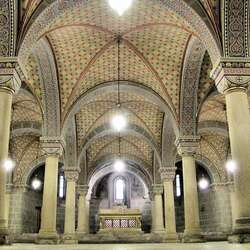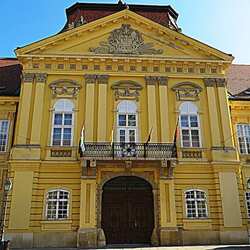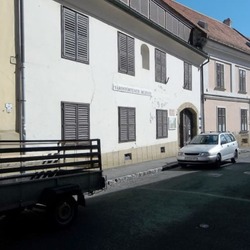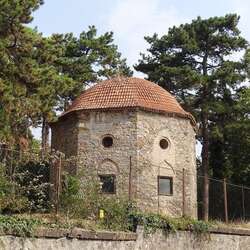Archaeological Museum and Lapidarium
The Archaeological Museum and Lapidarium in Hungary is located in the southwest of the country, where the ancient city of Pec is located. The central square of the city, Szechenyi Square, is an open-air museum with many attractions. Each building has a unique history. An old mansion in the late Baroque style deserves special attention from tourists. In the house at number 12 you can see a collection of monuments of writing on stone slabs.
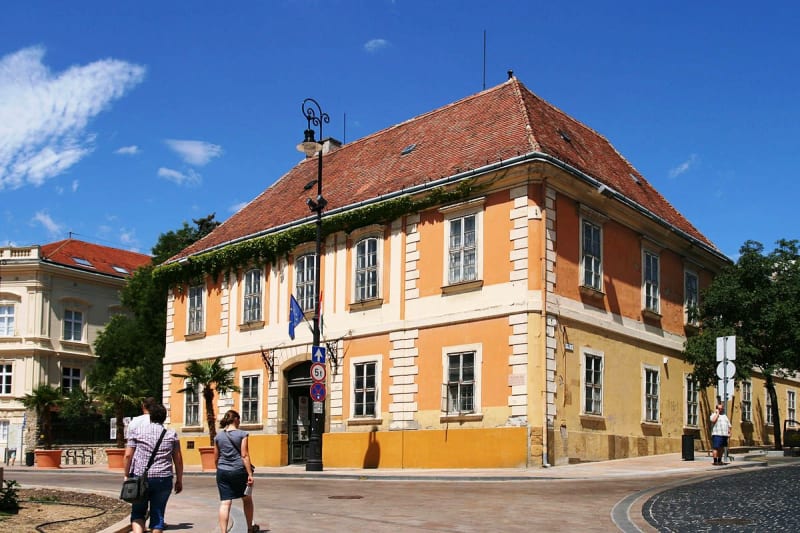
History of creation
Interestingly, there is a slight confusion in the history of the Archaeological Museum and the Lapidarium in Hungary. It is believed that the luxurious Baroque mansion was built in 1772. Other sources mention a secondary school opened by the Jesuits in the house of Ibrahim Sora almost 100 years earlier, already in 1687, the year after the expulsion of the Turks. The Jesuit Order was abolished under pressure from the Catholic monarchs of Europe by Pope Clement XIV in 1773. Apparently, the old house, which for a long time served as a haven for Turks and Jesuits, was demolished, and a new one was built in its place. A private German school operated in it for a while, then the house was in the hands of private individuals. After 1922, the Archaeological Museum in Hungary began operating in the renovated building, and later the lapidarium was added to it.
The exposition
The city of Pec was founded in ancient times, archaeologists believe that the first settlement on this site appeared in 900-1000 BC. In the Archaeological Museum and Lapidarium in Hungary, you can see unique artifacts that scientists have found.

Many historical monuments date back to the primitive period, as well as to the time of the first Magyar settlers in Europe. Traditionally, household items are of great interest, such as antique pots from the Bronze Age, vessels in the shape of a bird, and grave goods from the excavation site on Yakab Hill. The main pride of the collection of the Archaeological Museum and Lapidarium in Hungary is the unique sculpture of the Madonna from Zenguarkoni, made in the Stone Age.
Lapidarium
Lapidarium (Latin for stone). This is an exhibition of samples of ancient writing created on stone, including tombstones and sarcophagi. This category also includes the remains of sculptures and buildings found and exhibited at archaeological sites.
The numerous Roman sarcophagi and tombstones discovered during excavations in the city are further evidence of the ancient history of the city and its surroundings. The collection of the Archaeological Museum and Lapidarium in Hungary in Pec is one of the largest in Eastern Europe. In addition to epitaphs and inscriptions on gravestones, you can see drawings of gods and heroes, as well as images of scenes from the lives of the deceased.


